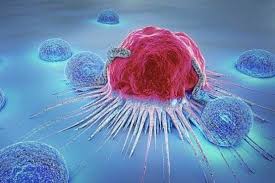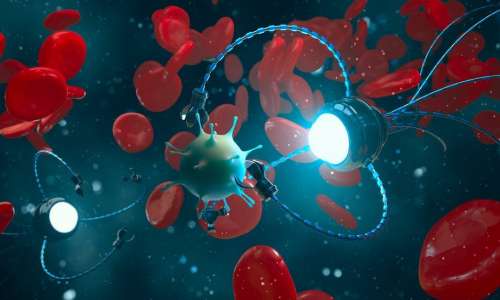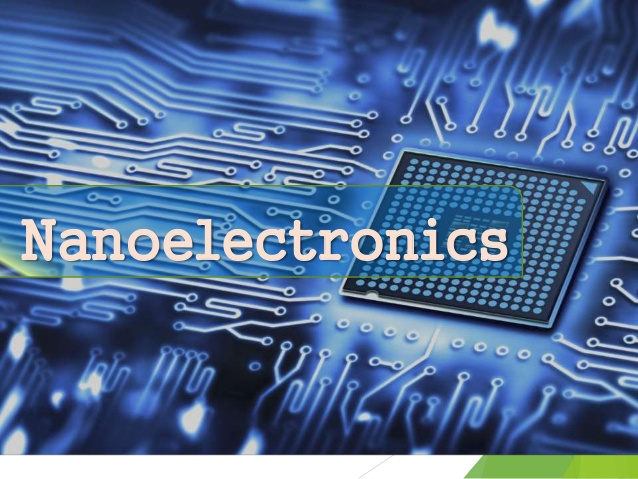🔬 Biological _ Electrical Nanosensors Section
Investigation of liquid nanosensors in p-scanned SiNWs channels for the detection and quantification of species in biological systems
Researcher and Author: Dr. ( Afshin Rashid)
Note: Medical Nano Bio Robots are similar to red blood cells. Nano bots can be defined as a controllable nanoscale device consisting of a biological fluid nano bio sensor and a motor, capable of performing specific tasks , instead they are more like a piece of complex fabric. They are defined as a means of identifying beneficial or harmful cancer cells. When they sense an enemy, they undergo changes and release a substance that can act against it.
In the fabrication of liquid nanosensors in p-scanned SiNWs channels and the proliferation of medical and biological electrical nanosensors, the dimensions of the sensor tip, the taper angle of its tip, and the degree of softness of the coating on the fiber will vary depending on whether we want to use this sensor for analyzing intracellular species, intercellular biological fluid, or blood. To prepare this fiber as a sensor tip, we can use the devices used to stretch liquid nanosensors in p-scanned SiNWs channels . These types of sensors were named Liquid nanosensors in p-scanned SiNWs channels due to their nanometer size and their application in liquid environments . Bionanosensors are very small electrodes in nanometer size and cellular dimensions that have become sensitive to the detection of chemical or biological species of interest in cells by immobilizing specific enzymes on their surface . Liquid nanosensors, in p-scanning SiNWs channels, are used to detect and quantify species in biological systems. This technique is a very useful method for detecting the passage of certain molecules through cell walls or membranes.
In general, there are two important issues in the construction of nano-macro biological robots . First, simulation and design based on macro robots, which includes propulsion; communication and navigation, and second, assembly of nano robot parts. Research in the field of nanorobotics is theoretical and so far no non-biological artificial nanorobot has been built. The whole idea behind nanorobots is that when a patient takes a pill to treat any disease, instead of a chemical substance inside it, this pill has a real working machine inside it - a nanoload. This nanoload contains small amounts of the required drug and actually travels to the target organ and delivers the drug at a specific location. The most important advantage of this method is that the drug does not need to travel through different body routes such as the bloodstream and hence does not get diluted when reaching its target. Therefore, drugs delivered through nanoloads are much more effective than drugs that are delivered conventionally. Nanorobots will be particularly useful in treating diseases such as cancer where specific cells are targeted. Bacteria that have magnetic particles can be maneuvered inside the body using nanobars. By changing the surrounding magnetic field, the bacteria can move in any desired direction. This method can be extended to navigation of nanorobots. The second problem after navigation is power in the nanobar. A nanorobot is a machine, and all machines need a power source. The most obvious approach is to create a power source small enough to be mounted on the nanorobot. However, the main problem with such an approach is that a small enough battery is not able to supply the large amount of energy it needs and therefore the need for alternative sources has been considered. One of the best solutions to this problem is to use the human body as a power source. This nanobar travels through the bloodstream to reach its destination. The blood contains a number of charged particles in it, which, if used properly, can form a battery for the nanobar. This nanorobot can be equipped with electrodes, and with the help of these electrodes and electrolytes in the bloodstream, a suitable source of electricity can be created. Another option is to provide nanorobots with large amounts of chemicals that burn when they react with blood. The energy released by the combustion provides the necessary power for the nanoload.
Medical nano bio robots are similar to red blood cells. Nano bots can be defined as a controllable nanoscale device consisting of a biological fluid nano bio sensor and a motor, capable of performing specific tasks , instead they are more like a piece of complex fabric. They are defined as a means of identifying beneficial or harmful cancer cells. When they sense an enemy, they undergo changes and release a substance that can act against it.
Researcher and Author: Dr. ( Afshin Rashid)
Specialized PhD in Nano-Microelectronics




